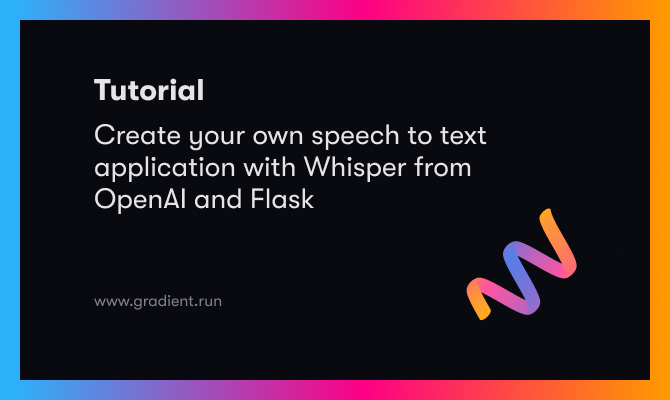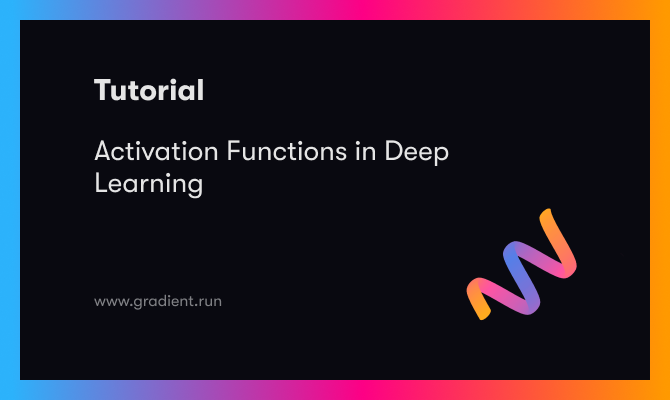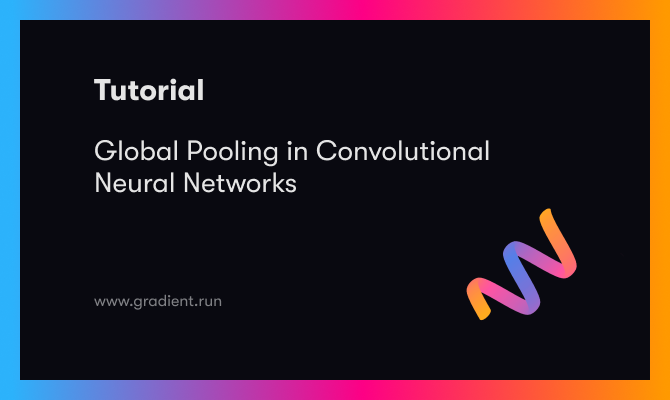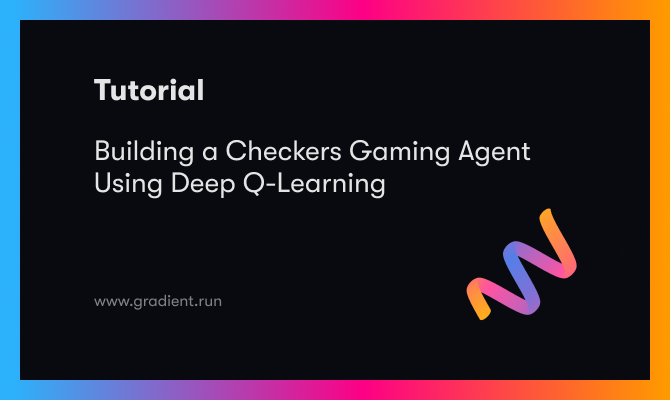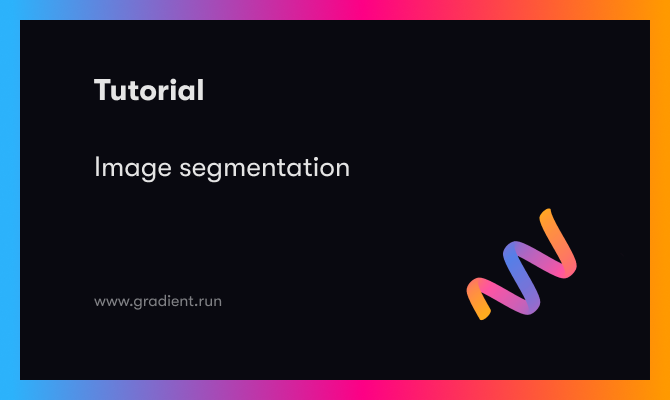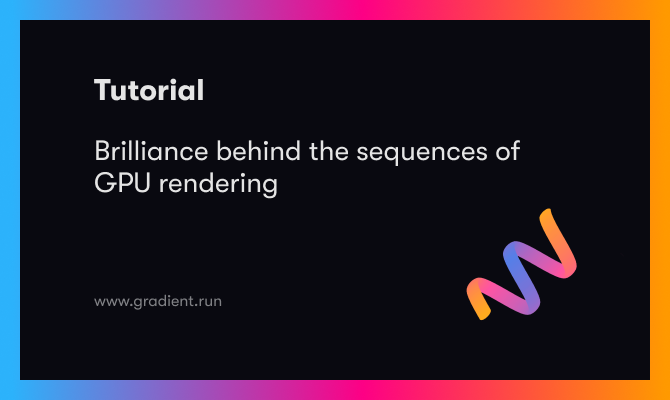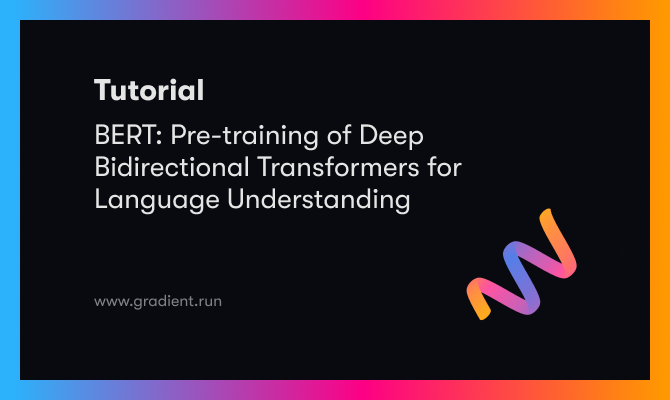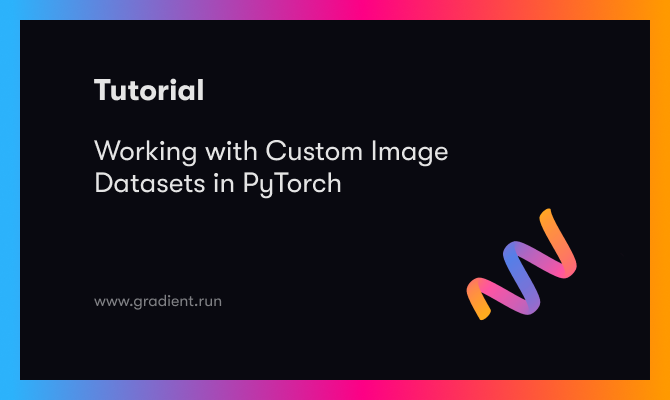Create your own speech to text application with Whisper from OpenAI and Flask
In this tutorial, we walked through the capabilities and architecture of Open AI's Whisper, before showcasing two ways users can make full use of the model in just minutes with demos running in Gradient Notebooks and Deployments.

